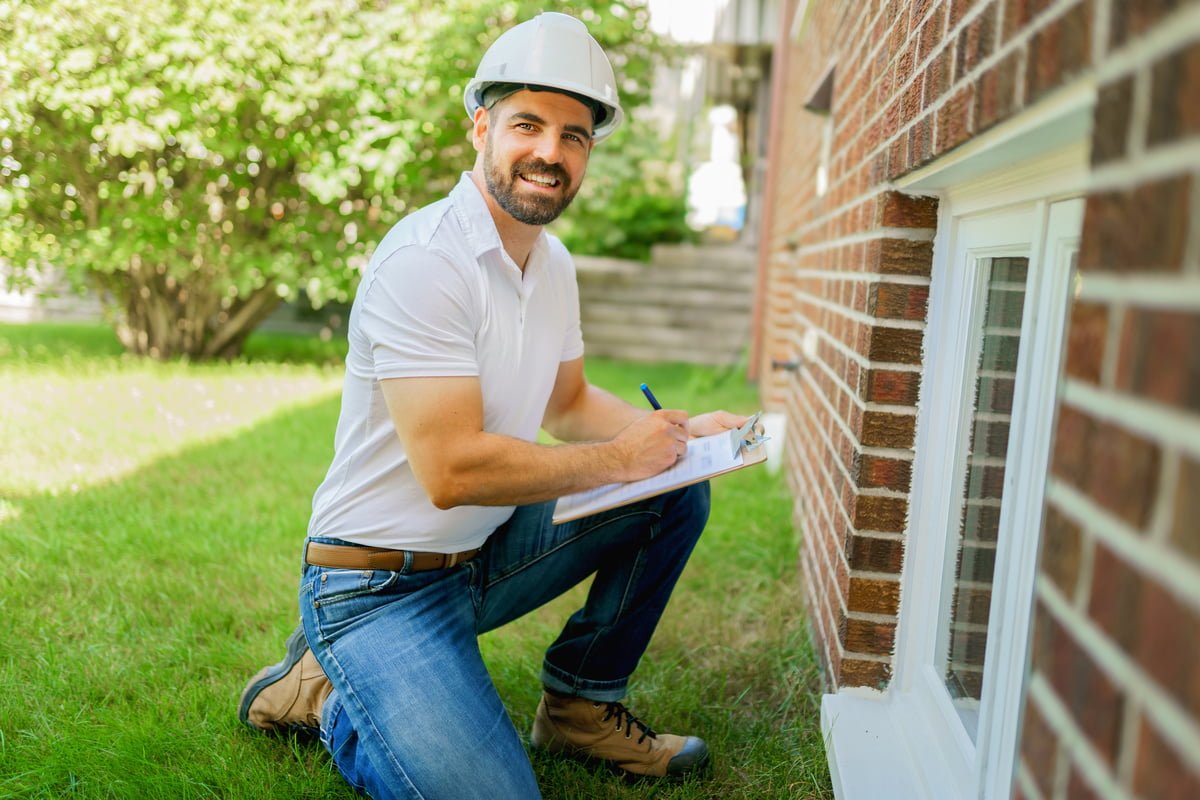
Home inspections in real estate occur after a buyer has put in an offer on the home before closing. Typically, buyers make an offer that includes an inspection contingency. In that case, the seller must let the buyer have an inspection done before closing.
To keep the process moving as quickly as possible, a seller should take the following steps to prepare their home for inspection.
Repair and Maintenance
First and most importantly, any seller should conduct all necessary known repairs before the inspector identifies them. Once the repairs or regular maintenance has been done (like on a furnace), gather all invoices, receipts, or tickets available should the inspector wish to see them. While in repair and maintenance mode, don’t forget to ensure sinks are draining correctly, replace any burnt-out light bulbs and check that all doors and windows shut and lock properly. Check if your basement or attic is too damp, and ensure all trees and bushes are well-distanced and trimmed back from the roof or electrical lines.
While the potential buyer is the driver of a home inspection after putting an offer in, arranging a pre-inspection as a seller is not a bad idea. With a pre-inspection, an inspector will identify any problems or issues needing addressing before agents and buyers see your house. This step will identify anything that may pass below the seller’s radar. It is then in the seller’s best interest to make the necessary repairs.
Label
The electrical panel should be easily accessible and marked clearly, as should the furnace, water heater, air conditioner, etc. Confirm the lighting of pilot lights and the replacement of all filters, including the furnace. An old filter is not an ideal find for an inspector because the assumption then is the owner hasn’t paid attention to proper maintenance and upkeep. Turn the furnace on and check if there are sounds that it should not be making. If you have an air conditioning unit, do the same. These checks shouldn’t happen in the short hours before the arrival of the home inspector. If there are noticeable issues, you will want time to address them before the inspector comes.
Keep Doors Open
All rooms should be open, and interior doors should be left unlocked. If there is an attic hatch, make sure that it is accessible. The inspector will need to see every room of the house. Move furniture and declutter any areas that prevent access.
Replace Bulbs
Check all the lamps in the house and if need be, replace the bulbs. If the inspector turns on the light and the bulb is out, they will have to check to see if the fixture is out of order. Worse yet, they may note there is a potential defect. A quick lightbulb check will save time and avoid unnecessary defect notes in the inspection.
Plumbing
Flush all the toilets and take notes on how long they run after flushing. A running toilet is one of those problems that can become like white noise and settle in the back of our minds, but it is something an inspector will notice. A running toilet is a quick and easy fix to prevent a more significant and lengthier problem. While in the bathroom, don’t forget to check the bathtub and shower to ensure the water pressure is up to standard and there is proper drainage.
Plan For The Pets
On the inspection day, clean the home and plan to be away from home for up to 3 hours. If pets live on the property, consider planning pet care outside the house for the day, or at the very least, put them in crates.
Taking these simple steps can help your home pass inspection with flying colours!
